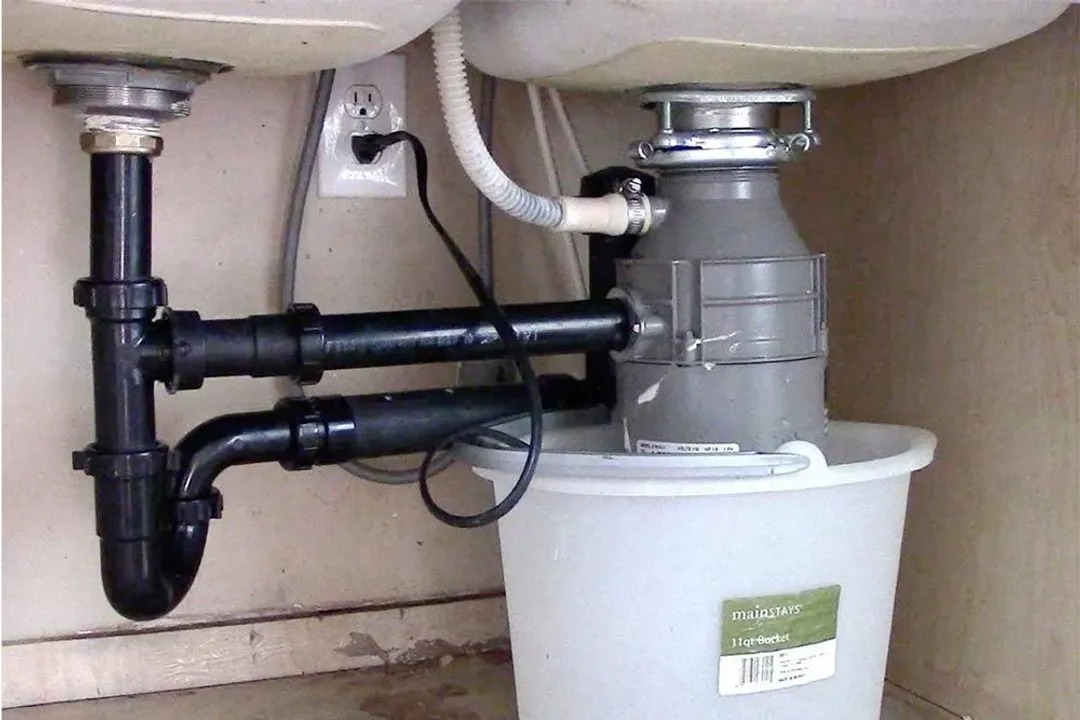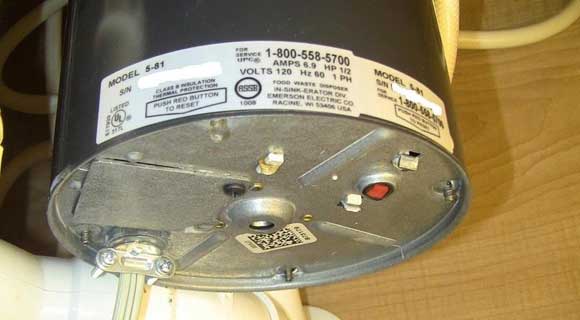Top Tips for Fixing a Leaking Waste Disposal Unit
Top Tips for Fixing a Leaking Waste Disposal Unit
Blog Article
We've stumbled upon this great article about How to fix a pretty consistent leak from my garbage disposal down the page on the internet and felt it made good sense to relate it with you in this article.

Garbage disposals are vital kitchen area appliances that assist in disposing of food waste efficiently. Nevertheless, a leaking waste disposal unit can be an aggravating and unpleasant issue to handle. The good news is, several leakages can be taken care of conveniently with a couple of easy actions. In this write-up, we will go over how to fix a dripping garbage disposal efficiently.
Introduction
Garbage disposals are mounted under kitchen sinks and are developed to shred food waste right into smaller sized pieces, allowing it to travel through the pipes system quickly. While these devices are normally trustworthy, leaks can take place in time because of damage, loose connections, or damage to the unit.
Typical Causes of Leaks in Trash Disposals
Worn Seals and Gaskets
Seals and gaskets play an important role in avoiding water from leaking out of the waste disposal unit. With time, these components can weaken, leading to leakages around the disposal device.
Loose Links
The connections in between the garbage disposal and the pipes system can come to be loosened in time, triggering water to leak out during operation.
Cracks or Holes in the Disposal Unit
Physical damages to the garbage disposal, such as splits or holes in the housing, can also result in leakages.
Identifying the Source of the Leak
Before attempting to take care of a dripping garbage disposal, it is vital to recognize the source of the leakage. This can usually be done via visual evaluation or by performing simple tests.
Visual Assessment
Inspect the waste disposal unit system meticulously for any type of indicators of water leak. Pay attention to areas around seals, gaskets, and link factors.
Evaluating for Leaks
One way to check for leaks is by running water through the disposal unit and looking for any type of noticeable indications of leakage.
Tools and Products Needed for Fixing a Dripping Waste Disposal Unit
Prior to starting the repair work process, collect the essential tools and products, including a screwdriver, flexible wrench, plumbing professional's putty, replacement seals or gaskets, and epoxy or patching product for repairing cracks or holes.
Step-by-Step Overview to Taking Care Of a Dripping Garbage Disposal
Shut off the Power
Before trying any type of repair services, make sure that the power to the waste disposal unit unit is turned off to stop the danger of electrical shock.
Situate the Leakage
Recognize the specific area of the leak and establish the cause.
Tighten up Links
Use a wrench to tighten any loosened links in between the disposal unit and the pipes system.
Replace Seals or Gaskets
If the leak results from used seals or gaskets, get rid of the old components and change them with new ones.
Patching Splits or Holes
For cracks or openings in the disposal device, usage epoxy or an appropriate patching material to seal the damaged area.
Evaluating the Garbage Disposal After Repair Work
When the repair work is full, examine the garbage disposal by running water through it to make sure that the leakage has been settled.
Preventive Maintenance Tips to Avoid Future Leakages
To prevent future leaks, it is essential to carry out normal upkeep on your garbage disposal. This includes keeping it tidy, avoiding putting non-food products or hard things down the disposal, and periodically looking for leaks or various other problems.
Conclusion
Finally, dealing with a dripping waste disposal unit is a fairly uncomplicated procedure that can be finished with fundamental devices and materials. By following the steps laid out in this write-up and practicing preventative maintenance, you can keep your garbage disposal in good working condition and stay clear of expensive fixings in the future.
What to Do About a Leaking Garbage Disposal
A leaking garbage disposal often goes unnoticed until you confront a sopping cabinet, a foul-smelling puddle, or an audible drip-drip-drip from the unit. The fix can be frustrating, too, because the leak can stem from a number of components in the system. Fortunately, with a little sleuthing, you can zero in on the leak and—depending on the exact location—stop the icky oozing and repair the component that caused it. Worst case scenario, if it turns out that the garbage disposal must be replaced, installing a new one is a reasonable do-it-yourself task for those with basic plumbing skills. Read on to keep the cash you’d otherwise hand over to a pro.
Prepare to find the leak
Prior to testing the garbage disposal for leaks, unplug it at the wall outlet and turn off the power from the breaker box to prevent electrical shock. Then insert a watertight sink stopper into your sink drain and wipe the unit dry with a clean cloth. In any handy container, mix a few drops of food coloring into a few cups of water, and pour the dyed water onto the sink stopper to help you locate the leak.
Investigate the source
the top, where the disposal meets the sink drain the side, where the dishwasher hose or main drain pipe connects to the disposal or the bottom of the unit Inspect each of these locations while gliding a light-colored rag over the unit; the dyed water will readily show on the rag and reveal the location of the leak. If a leak isn’t immediately apparent, remove the sink stopper and pour a few more cups of dyed water down the sink drain, then check for leaks again. Leaks near the top of the unit are more likely to show themselves while the sink is plugged, while side and bottom leaks are more noticeable while the sink is unplugged.
The metal sink flange that sits directly inside the sink drain is typically sealed around the top with plumber’s putty (a clay-like sealant) and then secured from under the sink with bolts. If the plumber’s putty deteriorates, or the bolts loosen, the flange can no longer form a watertight seal between the sink drain and the disposal—which could cause a leak at the top of the unit.
To reseal the leaky flange, you must first detach the garbage disposal. Start by loosening the screws securing the main drain pipe to the disposal, then loosen the screws in the metal clamp securing the dishwasher hose to the disposal and detach the drain pipe and dishwasher hose from the disposal. Loosen the screws in the mounting ring that connects the disposal to the metal mounting assembly beneath the sink, then pull down the disposal and carefully set it on a clean, dry surface. Loosen the bolts in the mounting assembly with a wrench, then pull down the mounting assembly and set it near the disposal.

As an avid reader on Why Is , I assumed sharing that section was a smart idea. Make sure you take a moment to promote this blog entry if you appreciated it. Thanks a lot for your time. Kindly stop by our blog back soon.
Quote & Schedule Report this page